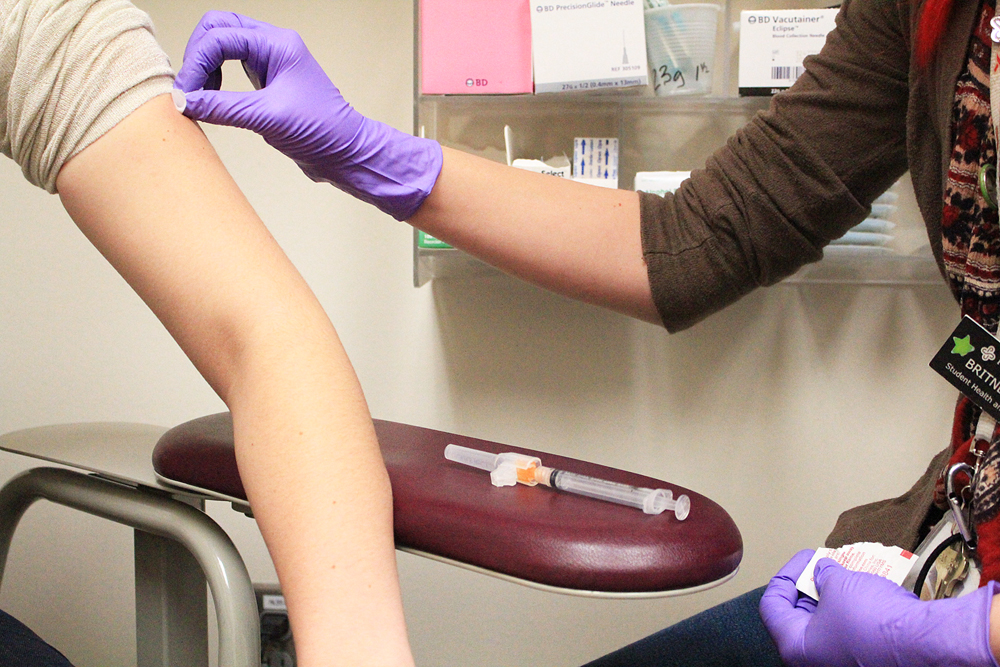College is a time of learning, but not all of that learning comes from a lecture or in a lab. As we leave home and start fending for ourselves, we are forced to learn how to meet our basic needs.
Food fundamentals

College is a time of learning, but not all of that learning comes from a lecture or in a lab. As we leave home and start fending for ourselves, we are forced to learn how to meet our basic needs.
Learning how to eat healthfully is one of those paramount lessons. As convenient as happy-hour
specials and value menus might be, they’re also a recipe for the dreaded “freshman 15.”
So there you are, walking down the grocery store aisles, hoping to improve your diet. With all of the options available, making smart decisions can seem daunting. But eating healthfully doesn’t have to be burdensome, and it doesn’t have to mean bland options or breaking the bank.
Here are five simple guidelines for the next time you are at the grocery store that will help you eat healthier without sacrificing flavor or blowing your college-student budget.
Fresh is always better
Packaged foods may seem convenient, but they are also conveniently loaded with calories, preservatives and artificial flavors. Fresh produce and meats not only cost less than equivalent quantities of convenience foods, they are also a blank canvas that allows you to tinker with flavors.
Find vegetables you like
It was never fun when you were told to eat your broccoli or asparagus as a kid, but you’re not 8 anymore. As our palates evolve, foods that were unappealing in our youth start to become more enjoyable.
The more colors you can incorporate into your diet, the better. A diverse variety of vegetables provides important nutrient-rich calories that should be the staple of a healthy diet.
Experiment with herbs and spices
What makes you love your favorite foods? It is likely the underlying flavors that are so tantalizing. Investing in herbs and spices can seem cost-prohibitive, but a little bit goes a long way and allows you to mix and match with a variety of cuisines.
Just a sprinkle here and a dash there can bring all the flavors of the world right into your home, making your creations more palatable in the process.
Identify good fats
“Fat” isn’t a bad word—it’s an essential part of our daily diet. The important part is reducing intake and choosing good fats that help regulate cholesterol. Focus on getting the majority of fat in your diet from vegetable oils, nuts, seeds and fish, and avoid saturated fats and trans-fatty acids. (If you’re eating fresh, you’re off to a good start.)
Don’t deny guilty pleasures, moderate them.
The most important thing to remember is that eating well isn’t a punishment. If you have a guilty pleasure, indulge it!
The key is to eat everything—healthy or unhealthy—in moderation. If you consciously deny yourself something now, you are more likely to overindulge that craving later. Eat well, and your body will thank you.
Cheers.






